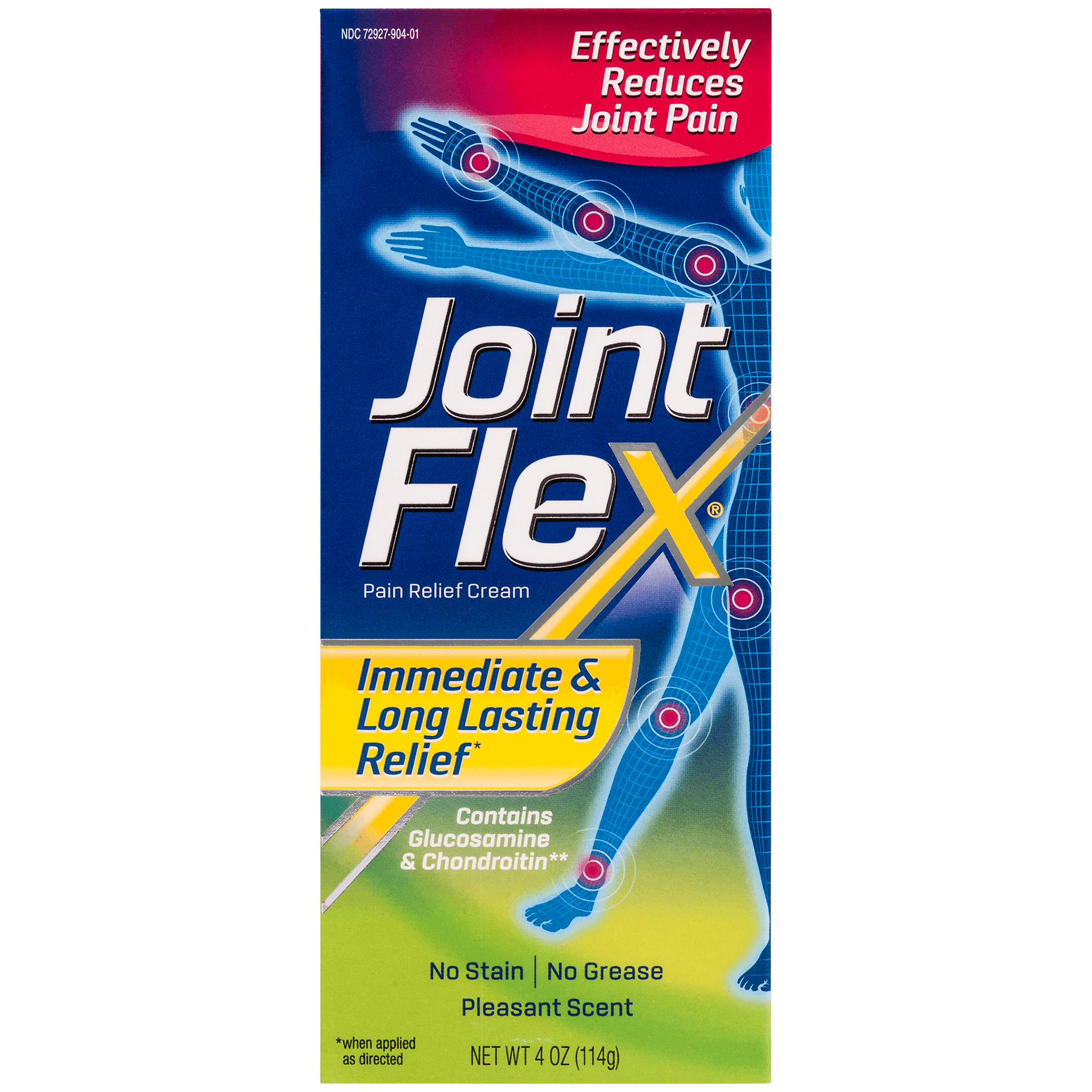
Post traumatic arthritis is a type of arthritis that forms after an injury to a joint. It is a type of osteoarthritis and is known to affect at least 5.6 million people in the U.S. today.1
This condition is most common in the hips, knees, and ankles, which means that athletes are at a heightened risk of developing it.2
This article will discuss the connection between athletic activity and post traumatic arthritis to help athletes prevent and treat painful joints that have been injured in the past. It will also address the various causes and symptoms of post traumatic arthritis to help athletes and their doctors arrive at a prompt and accurate diagnosis.
Can Injury Cause Arthritis?
Yes, sports injuries can lead to arthritis even years after the original injury has completely healed.3 This very specific type of arthritis is caused when a joint is worn out and sustains one or more significant injuries. Athletes often injure their joints in practice and competition, but joint injuries can also occur because of automobile accidents, slip and fall accidents, and other types of physical trauma. Athletes who train hard and work through injuries are especially at risk of developing traumatic arthritis because damaged joints are more prone to future injuries.4
Symptoms of Post Traumatic Arthritis
Joint pain and swelling are very common among people who have various forms of arthritis, including post traumatic arthritis. Athletes who develop this condition because of a prior injury also often have fluid that accumulates at the affected joint and progressive weakness while performing sports and basic daily activities.5,6
Post Traumatic Arthritis Treatment
Post traumatic arthritis treatment options include taking prescribed arthritis medications and using arthritis pain relief creams to target pain where it hurts the most.7 It is also recommended that people with this condition maintain a healthy body weight in order to avoid excess strain on the joints and choose low-impact sports like cycling and swimming instead of high-impact ones like running or snowboarding.2,8,9 Post traumatic arthritis ankle treatments, for example, may require additional range-of-motion exercises to keep the joints moving and working well. Eating a diet rich in anti-inflammatory foods, such as ginger, turmeric, and fish, can also help make the symptoms of post traumatic arthritis less debilitating.11
How Athletes Can Prevent Traumatic Arthritis
Of course, it is far better to prevent post traumatic arthritis through proactive injury prevention rather than dealing with the painful symptoms later in life. Athletes should always stretch before and after exercising and learn the proper techniques for their chosen sports to prevent injuries.10 Post traumatic arthritis will not likely form without a serious injury happening to a joint first. Athletes should know and accept their own personal limits and not overdo it to put excess strain on the joints that they are not ready for. When an injury occurs, it’s important to apply ice to it immediately to reduce inflammation and restore joint functionality. Many athletes who are young feel that they are invincible and can overcome whatever injuries come their way. Therefore, it’s important to educate athletes about the long-term dangers of joint injuries and promote a healthy awareness about the importance of joint health during all stages of life and levels of physical activity.
REFERENCES FOR UNDERSTANDING ATHLETIC ACTIVITY AND POST TRAUMATIC ARTHRITIS
1. Patzkowski, J. C., Owens, J. G., Blanck, R. V., Kirk, K.L., & Hsu, J. R. (2012). Management of posttraumatic osteoarthritis with an integrated orthotic and rehabilitation initiative. The Journal of the American Academy of Orthopaedic Surgeons, 20, S48-S53. Retrieved November 4, 2018 from National Center for Biotechnology Information https://www.ncbi.nlm.nih.gov/pubmed/22865137.
2. Buckwalter, J. A. (2003 October). Sports, joint injury, and posttraumatic osteoarthritis. The Journal of Orthopaedic and Sports Physical Therapy, 33, 578-588. DOI: 10.2519/jospt.2003.33.10.578.
3. Amoako, A. O. & Pujalte, G. G. A. (2014 May 22). Osteoarthritis in young, active, and athletic individuals. Clinical Medicine Insights: Arthritis and Musculoskeletal Disorders, 7, 27-32. Retrieved November 4, 2018 from National Center for Biotechnology Information https://www.ncbi.nlm.nih.gov/pmc/articles/PMC4039183/.
4. Young athletes at greater risk for re-Injury after ACL Surgery. (2015 March 8). American Orthopaedic Society for Sports Medicine. Retrieved November 4, 2018 from https://www.stopsportsinjuries.org/members/downloads/media/RoePediatricACLOutcomes.pdf.
5. Freeman, G. Inflammation and stiffness: The hallmarks of arthritis. Arthritis Foundation. Retrieved November 4, 2018 from https://www.arthritis.org/about-arthritis/understanding-arthritis/arthritis-swelling-and-stiffness.php.
6. Punzi, L., Galozzi, P., Luisetto, R., Favero, M., Ramonda, R., Oliviero, F., & Scanu, A. (2016 September 6). Post-traumatic arthritis: overview on pathogenic mechanisms and role of inflammation. RMD Open: Rheumatic and Musculoskeletal Diseases, 2, e000279. Retrieved November 4, 2018 from National Center for Biotechnology Information https://www.ncbi.nlm.nih.gov/pmc/articles/PMC5013366/.
7. Kontzias, A. (2017 July). Osteoarthritis (OA). The Merck Manual: Consumer Version. Retrieved November 1, 2018 from https://www.merckmanuals.com/home/bone,-joint,-and-muscle-disorders/joint-disorders/osteoarthritis-oa.
8. Recommended activities. Arthritis Foundation. Retrieved November 1, 2018 from https://www.arthritis.org/living-with-arthritis/exercise/arthritis-friendly/.
9. Physical activity for arthritis. Centers for Disease Control and Prevention. Retrieved November 4, 2018 from https://www.cdc.gov/arthritis/basics/physical-activity-overview.html.
10. Ten tips for preventing sports injuries in kids and teens. Johns Hopkins Medicine. Retrieved November 4, 2018 from https://www.hopkinsmedicine.org/health/articles-and-answers/prevention/10-tips-for-preventing-sports-injuries-in-kids-and-teens.
11. DeVries, C. (2015 October 15). Top four supplements to treat arthritis pain. Arthritis Health. Retrieved November 4, 2018 from https://www.arthritis-health.com/blog/top-4-supplements-treat-arthritis-pain.


